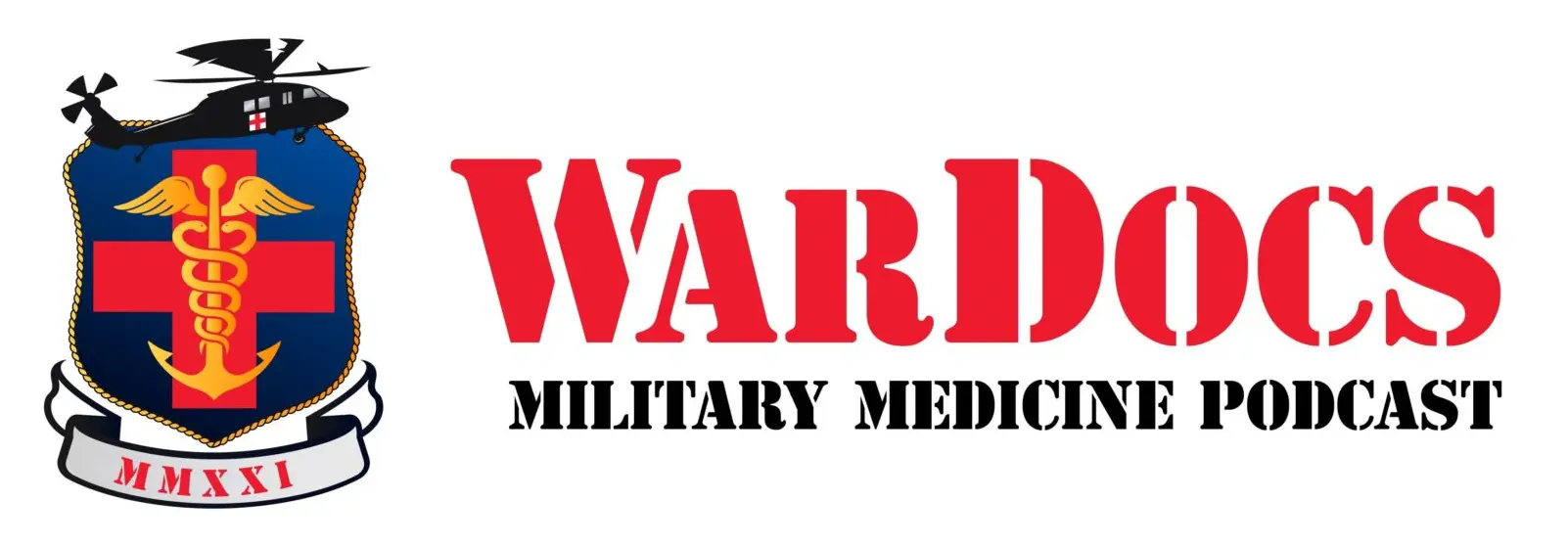Joining Forces to Quench the Fire
The Defense Logistics Agency has been laying the groundwork for coordination with the U.S. Forest Service in preparing firefighters for another busy season protecting west coast America.
By Nancy Benecki, DLA Public Affairs
From Armor & Mobility, Fall 2022
Reports of wildland fires in California, Alaska, and Oregon, combined with record-high temperatures and a dry summer, present the daunting task of disaster control. The Defense Logistics Agency (DLA) works daily to support firefighters stopping these fires in their tracks through planning and cooperation with firefighting agencies across the country.
Tom Pisarich is the DLA liaison officer to the U.S. Forest Service, the primary wildland firefighting agency in the country and a major DLA partner during wildland fire season. He faces the fight against wildland fires daily by monitoring national preparedness levels and tracking emergency orders placed with DLA’s Customer Interaction Center, as well as the availability of critical items provided by major subordinate commands.
Combining Forces to Mitigate Danger
The Forest Service is one of eight agencies with the National Interagency Fire Center (NIFC). Located in Boise, Idaho, the NIFC is the nation’s support center for wildland firefighting. It supports a series of caches, similar to warehouses, that are strategically located around the country and stocked by DLA and other sources like the General Services Administration.
Wildfire season spans from May to October, with the peak hitting in July and August. As of Aug. 1, the national Preparedness Level was at 3, and more than 1.5 million acres have burned in large fires, according to the NIFC. Much like hurricane season, planning for the next fire season starts as soon as the previous one ends.
“When the fire season ends in October, DLA gets together with all of the firefighting agencies and conducts after-action reports to discuss what happened the previous year and begin planning for the season ahead,” Pisarich said. “We want the caches filled to their required levels before the next fire season begins.”
Laura Durback, DLA’s whole-of-government customer account manager, agrees that planning is important during wildland fire season.
“That includes looking at stock levels, planning drills and collaborating with other agencies so we have the right points of contact,” Durback said. “It’s establishing a battle rhythm and holding regular meetings so when something happens, our liaison officers are fully staffed with any support and have all the touchpoints available.”
Changing of the Fire Guard
DLA took over supporting items for wildland fire season from the General Services Administration (GSA) in 2014 and created a catalog including specialized equipment the Forest Service needed, Pisarich said. Most items are stored at DLA Distribution San Joaquin, California, because many wildland fires break out on the west coast, then shipped to caches as needed, he added.
The agency’s major subordinate commands ensure DLA has what it needs to supply the caches. DLA Troop Support provides items from its four supply chains, including hand tools, protective clothing, water-handling equipment, hoses, gaskets, pumps and ready-to-eat meals. DLA Land and Maritime provides batteries for the Forest Service’s radio systems. DLA Aviation also provides light sticks, and DLA Energy provides ground and aviation fuel. In addition to wildland fire support, DLA Disposition Services provides used military equipment to firefighters in rural communities through the DoD Firefighter Program.
DLA Troop Support also provides the Forest Service with a weekly status report on the availability of critical items, Pisarich said.
“When we are in fire season, we like to have those items stocked at San Joaquin to as high a level as possible,” he said. “We try to reach that goal by May 1.”
Active Fire Season Tests Partnering
The Forest Service forecasted an increased potential for fires this year based on weather conditions, near-record temperatures, and dry vegetation and underbrush, Pisarich added. The five levels of wildfire preparedness levels are dictated by burning conditions, fire activity and resource availability. Preparedness level 5 is declared when several areas experience major incidents that have the potential to exhaust resources.
In 2021, the United States was at preparedness level 5 for 68 consecutive days, setting an all-time record, Pisarich said. As a result, DLA supported 282 items including 5.1 million batteries, 263,000 meals and 1,945 miles of fire hose.
“Our support to wildfire fighting extends beyond our federal partners, we also support over 40 states and roughly 340 state and local government firefighting agencies,” said Tracey Shepherd, DLA’s national account manager for state and local programs.
“By purchasing PPE through DLA, it ensures the firefighting gear used by state, local and federal wildland firefighters is interchangeable and interoperable,” she said. “It also speeds the exchange, refurbishment, and repair of damaged equipment when deployed.”
Buying firefighting material increases DLA’s buying power, said Joseph Brooks, chief of DLA’s Whole of Government Division. “The firefighting gear we provide our state, local and federal partners is the same that the Navy buys. We have a bigger demand, which gets better pricing from our vendor base,” Brooks said. “Whatever work we do for the whole of government is done where it does not detract from the support we provide the services. Rather, it reinforces and enhances our main line of effort, which is to support the warfighter.”























